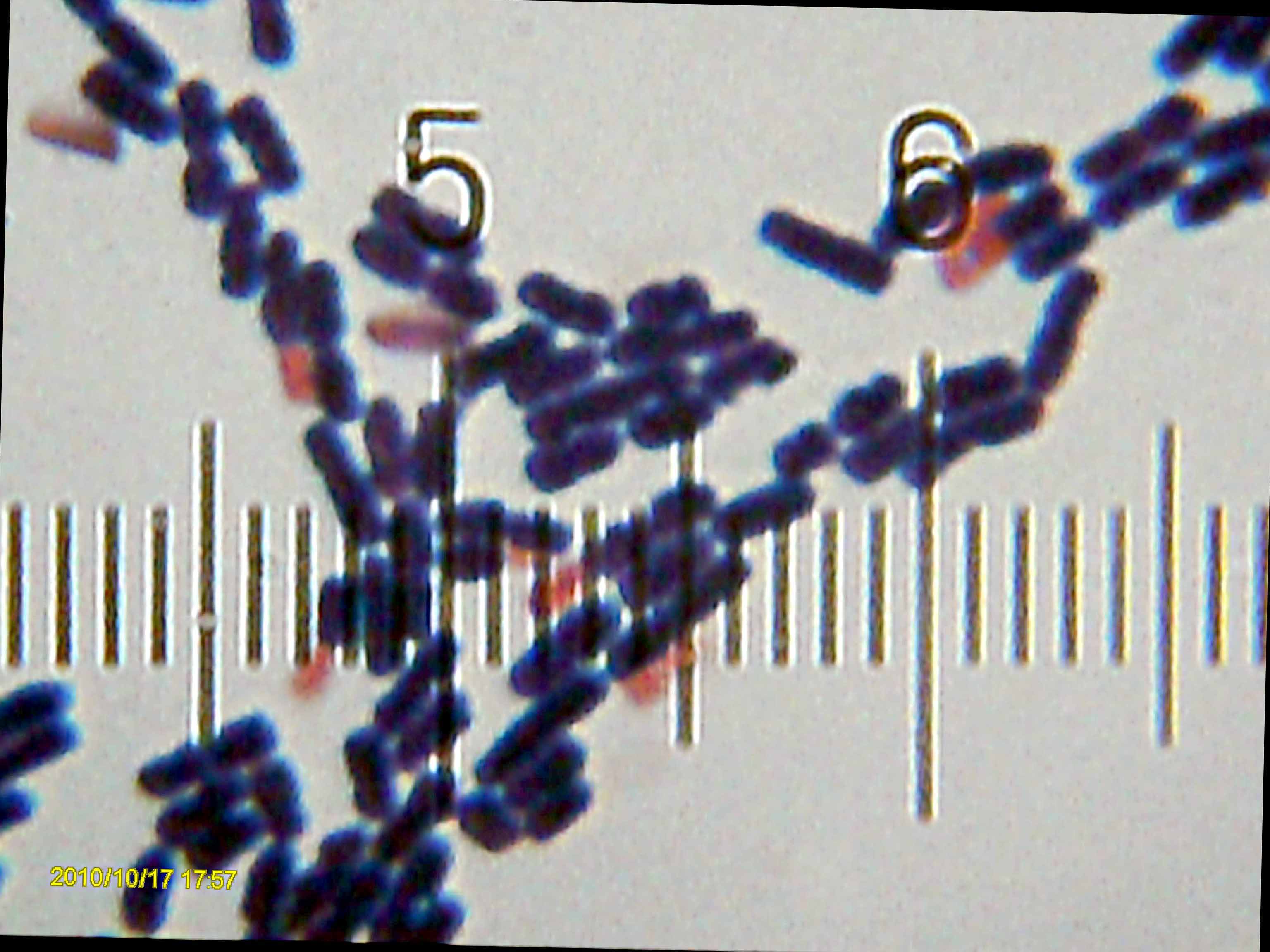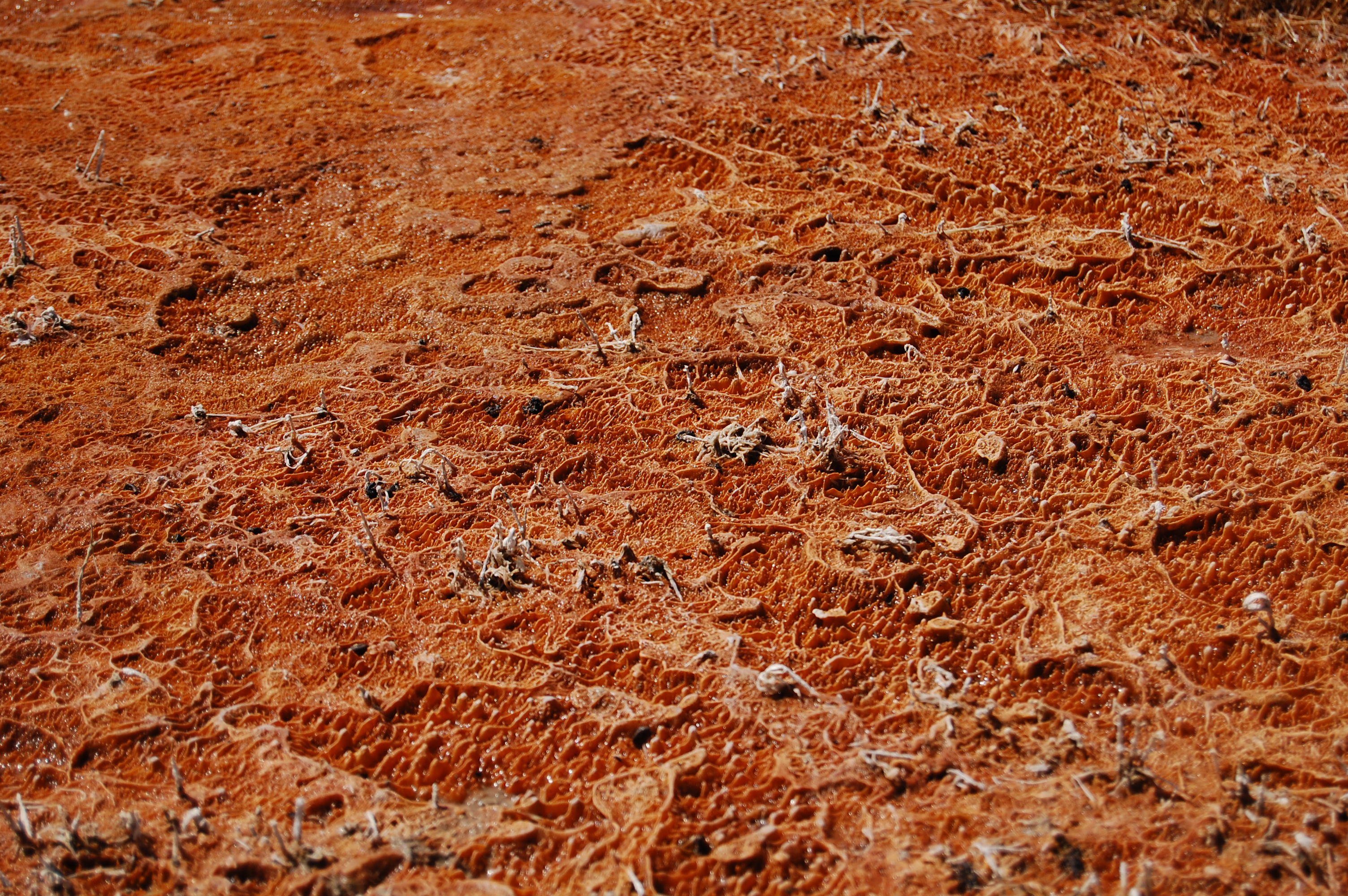|
Natronovirga
''Natronovirga'' is a halophilic, thermophilic alkaliphilic, and anaerobic genus of bacteria from the family of Natranaerobiaceae with one known species ('' Natronovirga wadinatrunensis''). ''Natronovirga wadinatrunensis'' has been isolated from sediments from the Lake Hamra in Egypt Egypt ( ar, مصر , ), officially the Arab Republic of Egypt, is a transcontinental country spanning the northeast corner of Africa and southwest corner of Asia via a land bridge formed by the Sinai Peninsula. It is bordered by the Mediter .... References Bacteria genera Monotypic bacteria genera Natranaerobiales Taxa described in 2009 Bacteria described in 2009 {{clostridia-stub ... [...More Info...] [...Related Items...] OR: [Wikipedia] [Google] [Baidu] |
Natronovirga Wadinatrunensis
''Natronovirga'' is a halophilic, thermophilic alkaliphilic, and Anaerobic organism, anaerobic genus of bacteria from the family of Natranaerobiaceae with one known species (''Natronovirga wadinatrunensis''). ''Natronovirga wadinatrunensis'' has been isolated from sediments from the Lake Hamra in Egypt. References Bacteria genera Monotypic bacteria genera Natranaerobiales Taxa described in 2009 Bacteria described in 2009 {{clostridia-stub ... [...More Info...] [...Related Items...] OR: [Wikipedia] [Google] [Baidu] |
Natranaerobiaceae
The Natranaerobiaceae are a family of bacteria placed within the class Clostridia. This family contains the thermophilic bacterial species ''Natranaerobius thermophilus'' and the related species ''Natranaerobaculum magadiense''. Phylogeny See also * List of bacteria genera * List of bacterial orders This article lists the orders of the Bacteria. The currently accepted taxonomy is based on the List of Prokaryotic names with Standing in Nomenclature (LPSN) and National Center for Biotechnology Information (NCBI) and the phylogeny is based on 16S ... References Natranaerobiales {{clostridia-stub ... [...More Info...] [...Related Items...] OR: [Wikipedia] [Google] [Baidu] |
Bacteria Genera
This article lists the genera of the bacteria. The currently accepted taxonomy is based on the List of Prokaryotic names with Standing in Nomenclature (LPSN) and National Center for Biotechnology Information (NCBI). However many taxonomic names are taken from the GTDB release 07-RS207 (8th April 2022). Phyla {, border="0" style="width: 100%;" ! , - , style="border:0px" valign="top", {, class="wikitable sortable" style="width: 100%; font-size: 95%;" !Syperphylum !Phylum !Authority !Synonyms , - , Parakaryota , , , Myojin parakaryote , - , , " Canglongiota" , Zhang et al. 2022 , , - , , " Fervidibacteria" , , OctSpa1-106 , - , , " Heilongiota" , Zhang et al. 2022 , , - , , " Qinglongiota" , Zhang et al. 2022 , , - , , " Salinosulfoleibacteria" , Tazi et al. 2006 , , - , , " Teskebacteria" , Dojka 1998 , WS1 , - , , " Tharpellota" , Speth et al. 2022 , , - , Terrabacteria , Chloroflexota , Whitman et al. 2018 , " Thermomicrobiota" , - , Terrabacteria , " Dormibacte ... [...More Info...] [...Related Items...] OR: [Wikipedia] [Google] [Baidu] |
Bacteria
Bacteria (; singular: bacterium) are ubiquitous, mostly free-living organisms often consisting of one biological cell. They constitute a large domain of prokaryotic microorganisms. Typically a few micrometres in length, bacteria were among the first life forms to appear on Earth, and are present in most of its habitats. Bacteria inhabit soil, water, acidic hot springs, radioactive waste, and the deep biosphere of Earth's crust. Bacteria are vital in many stages of the nutrient cycle by recycling nutrients such as the fixation of nitrogen from the atmosphere. The nutrient cycle includes the decomposition of dead bodies; bacteria are responsible for the putrefaction stage in this process. In the biological communities surrounding hydrothermal vents and cold seeps, extremophile bacteria provide the nutrients needed to sustain life by converting dissolved compounds, such as hydrogen sulphide and methane, to energy. Bacteria also live in symbiotic and parasitic re ... [...More Info...] [...Related Items...] OR: [Wikipedia] [Google] [Baidu] |
Alkaliphilic
Alkaliphiles are a class of extremophilic microbes capable of survival in alkaline ( pH roughly 8.5–11) environments, growing optimally around a pH of 10. These bacteria can be further categorized as obligate alkaliphiles (those that require high pH to survive), facultative alkaliphiles (those able to survive in high pH, but also grow under normal conditions) and haloalkaliphiles (those that require high salt content to survive).HORIKOSHI, KOKI. "Alkaliphiles: Some Applications of Their Products for Biotechnology." MICROBIOLOGY AND MOLECULAR BIOLOGY REVIEWS 63.4 (1999): 735-50. Print. Background information Microbial growth in alkaline conditions presents several complications to normal biochemical activity and reproduction, as high pH is detrimental to normal cellular processes. For example, alkalinity can lead to denaturation of DNA, instability of the plasma membrane and inactivation of cytosolic enzymes, as well as other unfavorable physiological changes.Higashibata, Akir ... [...More Info...] [...Related Items...] OR: [Wikipedia] [Google] [Baidu] |
Monotypic Bacteria Genera
In biology, a monotypic taxon is a taxonomic group (taxon) that contains only one immediately subordinate taxon. A monotypic species is one that does not include subspecies or smaller, infraspecific taxa. In the case of genera, the term "unispecific" or "monospecific" is sometimes preferred. In botanical nomenclature, a monotypic genus is a genus in the special case where a genus and a single species are simultaneously described. In contrast, an oligotypic taxon contains more than one but only a very few subordinate taxa. Examples Just as the term ''monotypic'' is used to describe a taxon including only one subdivision, the contained taxon can also be referred to as monotypic within the higher-level taxon, e.g. a genus monotypic within a family. Some examples of monotypic groups are: Plants * In the order Amborellales, there is only one family, Amborellaceae and there is only one genus, '' Amborella'', and in this genus there is only one species, namely ''Amborella trichopoda.' ... [...More Info...] [...Related Items...] OR: [Wikipedia] [Google] [Baidu] |
Egypt
Egypt ( ar, مصر , ), officially the Arab Republic of Egypt, is a transcontinental country spanning the northeast corner of Africa and southwest corner of Asia via a land bridge formed by the Sinai Peninsula. It is bordered by the Mediterranean Sea to the north, the Gaza Strip of Palestine and Israel to the northeast, the Red Sea to the east, Sudan to the south, and Libya to the west. The Gulf of Aqaba in the northeast separates Egypt from Jordan and Saudi Arabia. Cairo is the capital and largest city of Egypt, while Alexandria, the second-largest city, is an important industrial and tourist hub at the Mediterranean coast. At approximately 100 million inhabitants, Egypt is the 14th-most populated country in the world. Egypt has one of the longest histories of any country, tracing its heritage along the Nile Delta back to the 6th–4th millennia BCE. Considered a cradle of civilisation, Ancient Egypt saw some of the earliest developments of writing, agr ... [...More Info...] [...Related Items...] OR: [Wikipedia] [Google] [Baidu] |
Lake Hamra
A lake is an area filled with water, localized in a basin, surrounded by land, and distinct from any river or other outlet that serves to feed or drain the lake. Lakes lie on land and are not part of the ocean, although, like the much larger oceans, they do form part of the Earth's water cycle. Lakes are distinct from lagoons, which are generally coastal parts of the ocean. Lakes are typically larger and deeper than ponds, which also lie on land, though there are no official or scientific definitions. Lakes can be contrasted with rivers or streams, which usually flow in a channel on land. Most lakes are fed and drained by rivers and streams. Natural lakes are generally found in mountainous areas, rift zones, and areas with ongoing glaciation. Other lakes are found in endorheic basins or along the courses of mature rivers, where a river channel has widened into a basin. Some parts of the world have many lakes formed by the chaotic drainage patterns left over from the last i ... [...More Info...] [...Related Items...] OR: [Wikipedia] [Google] [Baidu] |
Anaerobic Organism
An anaerobic organism or anaerobe is any organism that does not require molecular oxygen for growth. It may react negatively or even die if free oxygen is present. In contrast, an aerobic organism (aerobe) is an organism that requires an oxygenated environment. Anaerobes may be unicellular (e.g. protozoans, bacteria) or multicellular. Most fungi are obligate aerobes, requiring oxygen to survive. However, some species, such as the Chytridiomycota that reside in the rumen of cattle, are obligate anaerobes; for these species, anaerobic respiration is used because oxygen will disrupt their metabolism or kill them. Deep waters of the ocean are a common anoxic environment. First observation In his letter of 14 June 1680 to The Royal Society, Antonie van Leeuwenhoek described an experiment he carried out by filling two identical glass tubes about halfway with crushed pepper powder, to which some clean rain water was added. Van Leeuwenhoek sealed one of the glass tubes using a flam ... [...More Info...] [...Related Items...] OR: [Wikipedia] [Google] [Baidu] |
Halophilic
The halophiles, named after the Greek word for "salt-loving", are extremophiles that thrive in high salt concentrations. While most halophiles are classified into the domain Archaea, there are also bacterial halophiles and some eukaryotic species, such as the alga '' Dunaliella salina'' and fungus '' Wallemia ichthyophaga''. Some well-known species give off a red color from carotenoid compounds, notably bacteriorhodopsin. Halophiles can be found in water bodies with salt concentration more than five times greater than that of the ocean, such as the Great Salt Lake in Utah, Owens Lake in California, the Urmia Lake in Iran, the Dead Sea, and in evaporation ponds. They are theorized to be a possible analogues for modeling extremophiles that might live in the salty subsurface water ocean of Jupiter's Europa and similar moons. Classification Halophiles are categorized by the extent of their halotolerance: slight, moderate, or extreme. Slight halophiles prefer 0.3 to 0.8 M (1.7 ... [...More Info...] [...Related Items...] OR: [Wikipedia] [Google] [Baidu] |
Thermophilic
A thermophile is an organism—a type of extremophile—that thrives at relatively high temperatures, between . Many thermophiles are archaea, though they can be bacteria or fungi. Thermophilic eubacteria are suggested to have been among the earliest bacteria. Thermophiles are found in various geothermally heated regions of the Earth, such as hot springs like those in Yellowstone National Park (see image) and deep sea hydrothermal vents, as well as decaying plant matter, such as peat bogs and compost. Thermophiles can survive at high temperatures, whereas other bacteria or archaea would be damaged and sometimes killed if exposed to the same temperatures. The enzymes in thermophiles function at high temperatures. Some of these enzymes are used in molecular biology, for example the ''Taq'' polymerase used in PCR. "Thermophile" is derived from the el, θερμότητα (''thermotita''), meaning heat, and el, φίλια (''philia''), love. Classification Thermophiles can be ... [...More Info...] [...Related Items...] OR: [Wikipedia] [Google] [Baidu] |
Bacillota
The Bacillota (synonym Firmicutes) are a phylum of bacteria, most of which have gram-positive cell wall structure. The renaming of phyla such as Firmicutes in 2021 remains controversial among microbiologists, many of whom continue to use the earlier names of long standing in the literature. The name "Firmicutes" was derived from the Latin words for "tough skin," referring to the thick cell wall typical of bacteria in this phylum. Scientists once classified the Firmicutes to include all gram-positive bacteria, but have recently defined them to be of a core group of related forms called the low- G+C group, in contrast to the Actinomycetota. They have round cells, called cocci (singular coccus), or rod-like forms (bacillus). A few Firmicutes, such as '' Megasphaera'', '' Pectinatus'', '' Selenomonas'' and '' Zymophilus'', have a porous pseudo-outer membrane that causes them to stain gram-negative. Many Bacillota (Firmicutes) produce endospores, which are resistant to desiccatio ... [...More Info...] [...Related Items...] OR: [Wikipedia] [Google] [Baidu] |




